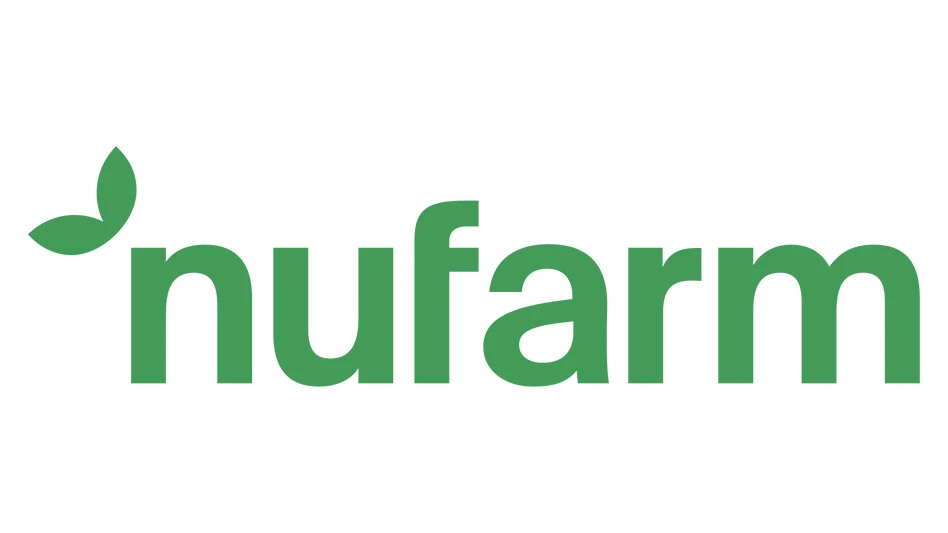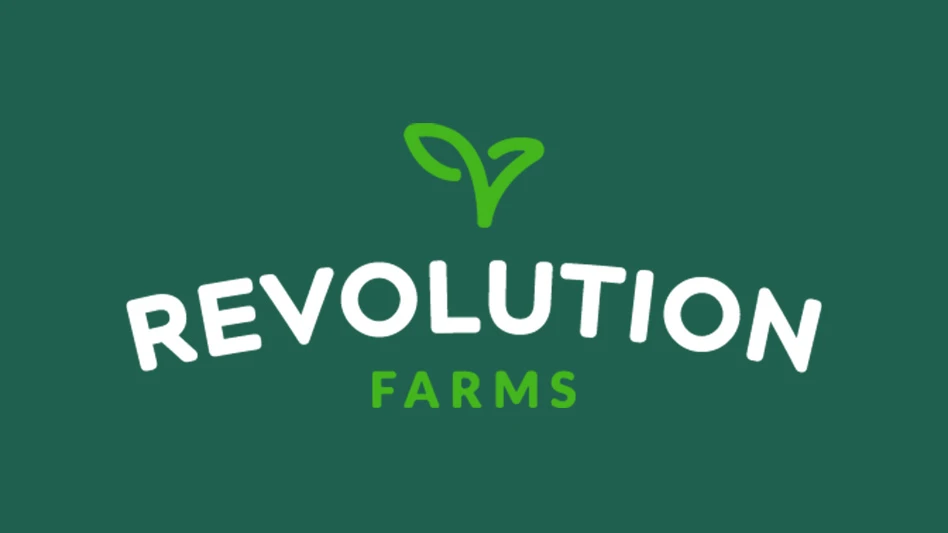

Culinary herbs are a popular crop for recirculating hydroponic production in greenhouses and other controlled environments. Unlike the vining, fruiting and high-wire crops, culinary herbs are produced for their flavorful foliage. This aspect, combined with their short crop time, put them right next to lettuce and other leafy greens. However, the specific light requirements of culinary herbs are not well understood. Recent research we have conducted at Iowa State University has aimed at better understanding how common culinary herbs respond to the daily light integral (DLI) during finishing in the greenhouse.
We took eight of the most common herbs grown in hydroponic systems, including basil (Ocimum basilicum), sage (Salvia officinalis), mint (Mentha spp.), dill (Anethum graveolens), parsley (Petroselinum crispum), cilantro (Coriandrum sativum), oregano (Origanum vulgare) and thyme (Thymus vulgaris). These represent many of the commonly grown species in commercial controlled environments. Seedlings were grown in nutrient-film technique (NFT) systems. The nutrient solution pH (6.0) and electrical conductivity (1.5 mS·cm–1) were maintained the same across all systems and were adjusted daily.
The NFT systems were covered with shade cloth that reduced light by 33% or 69%, or no shade was used. High-pressure sodium light operated from in the morning and the evening, and shade cloth was only drawn to prevent leaf scorch as needed. This experiment was repeated numerous times from the fall through into the next summer, resulting in a range of DLI values from 2 to 20 mol·m–2·d–1 for all eight species. Three (basil, cilantro, dill, oregano, sage and thyme) or four (mint and parsley) weeks after transplanting into systems plants were harvested, at which time fresh were recorded.
We saw a similar response in fresh mass to DLI that we found with height. The fresh mass of parsley, mint and sage increased as DLI increased up to ~15 to 16 mol·m–2·d–1, after which weight started to decrease. Alternatively, fresh weight increased linearly with DLI up to 20 mol·m–2·d–1 for basil, cilantro, dill, thyme and oregano, with no decrease at high DLI values.
Classifying crops by light requirements can help simplify production. Using fresh weight as the most important factor and grouping crops by as having low (5 to 10 mol·m–2·d–1), medium (10 to 20 mol·m–2·d–1), high (20 to 30 mol·m–2·d–1) and very high light (>30 mol·m–2·d–1) DLI requirements, we found parsley, mint and sage are medium-light crops. Alternatively, basil, cilantro, dill, thyme and oregano have high or very high DLI requirements, as the optimal DLI was not identified with the range of DLI values in our study.
Given the response to light, it is clear that supplemental lighting can boost the productivity of culinary herbs under light-limiting conditions. However, while all species increase growth with increasing light, the weight produced in response to increasing light varies with species. For example, given the same amount of supplemental light, dill may produce 25 times the amount of additional growth that oregano would. This variation affects the economics of supplemental light management. Assuming the same costs for providing the same amount of supplemental light, your return improves on lighting those crops with greater productivity.
If supplemental light is not available, there are ways to improve yield under light-limited conditions. For example, you can increase the planting density by using closer spacing in the finishing area or increase the number of seeds sown for each transplant. While the individual plant weight is still low under diminished light, the yield per square foot increases with the greater planting density.
If you are trying to increase productivity of your hydroponic herbs, evaluate the light in your facility. Supplemental light is going to be useful for most crops in many locations and should be evaluated as another yield-boosting production strategy.

Explore the August 2019 Issue
Check out more from this issue and find your next story to read.
Latest from Produce Grower
- 80 Acres Farms expands to Georgia, Texas and Colorado
- BioWorks receives EPA approval for new biological insecticide for thrips, aphids, whiteflies
- The Growth Industry Episode 3: Across the Pond with Neville Stein
- Southern Garden Tour sets 2025 dates for trial garden open houses
- Topline Farms hires Justine Taylor as chief sustainability officer
- Prospiant appoints Burk Metzger as new president
- Red Sun Farms hires Paul Mastronardi as new business development manager
- Sakata Seed America celebrates renovation of Cal Poly greenhouse complex





